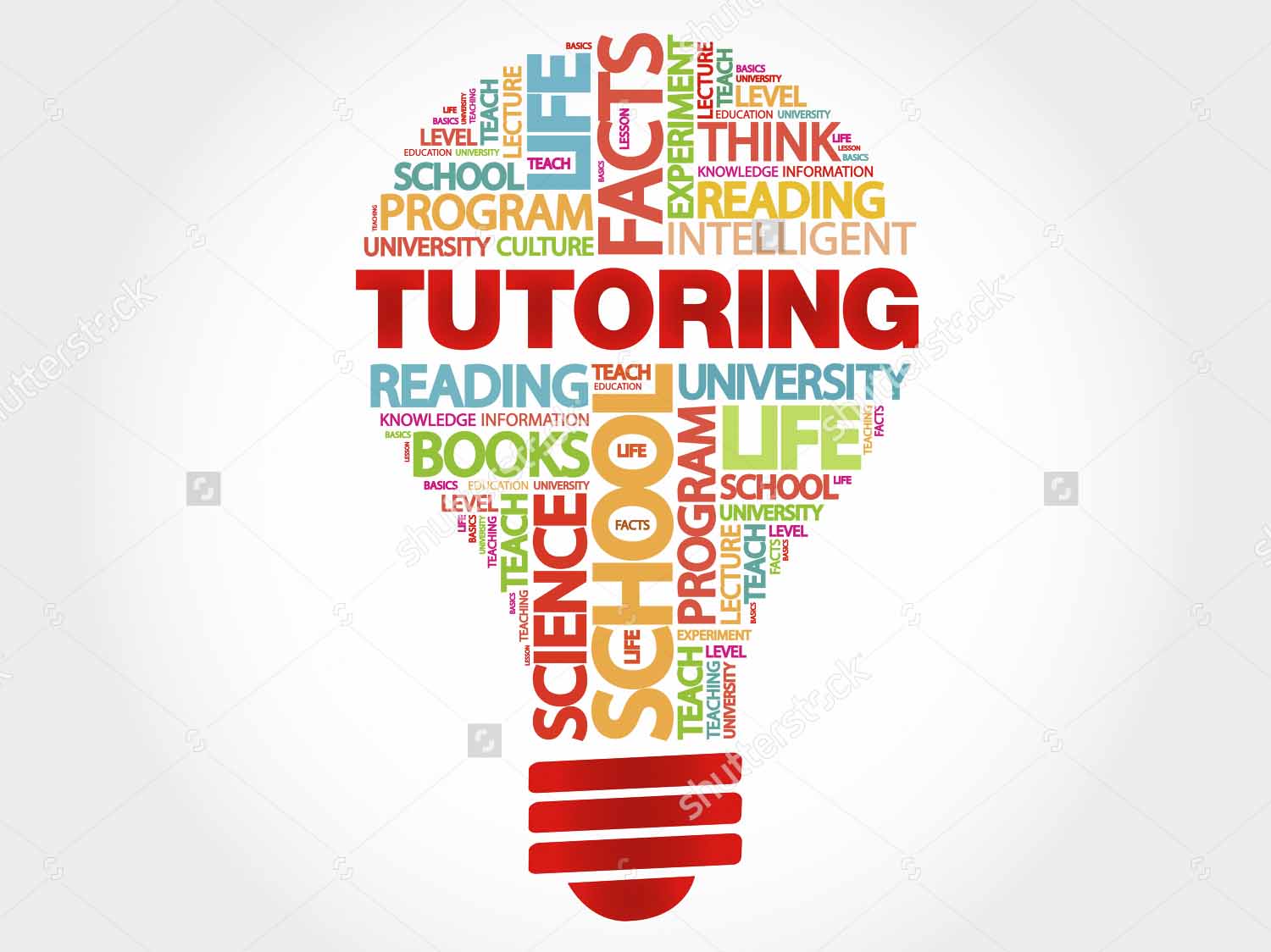The Importance of Learning Styles
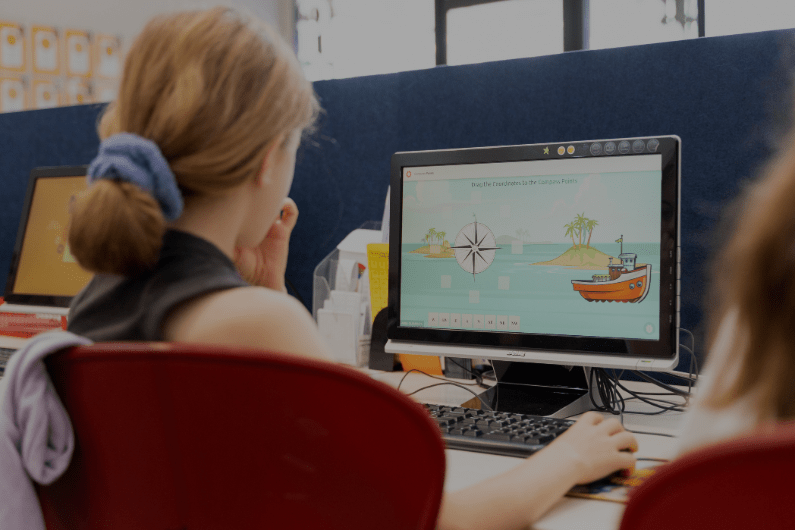
Education serves as a transformative adventure, shaping young minds and moulding the destinies of the future. In our diverse world, the individuality of each child is of utmost importance, underscoring the necessity to acknowledge that a one-size-fits-all approach to learning falls short.
Every child possesses unique strengths, weaknesses, and methods of grasping knowledge. Acknowledging and accommodating these differences through the lens of learning styles can revolutionise our educational paradigms. By embracing and understanding these diverse approaches, we can overhaul the educational landscape, guaranteeing that no child is left behind.
In the upcoming blog post, we will delve deeply into the significance of learning styles, shedding light on the transformative potential they offer. We will explore how tailoring education to match individual preferences is not just advantageous but crucial in cultivating genuinely effective and inclusive learning experiences for all learners.
At NumberWorks’nWords our tuition is tailored to each child’s specific learning needs. Check out our eBook to learn more about how we help your child improve academically and build confidence through our in-centre after-school tuition.
Recognising Your Child’s Learning Style
People seldom limit themselves to just one learning style; many are comfortable transitioning between several styles. This flexibility also applies to children, whose preferred learning methods often change as they mature. Therefore, educators and parents must remain adaptable, recognising the ever-changing nature of these preferences. Continuously exploring different approaches is vital, ensuring that the varied needs of learners are effectively addressed.
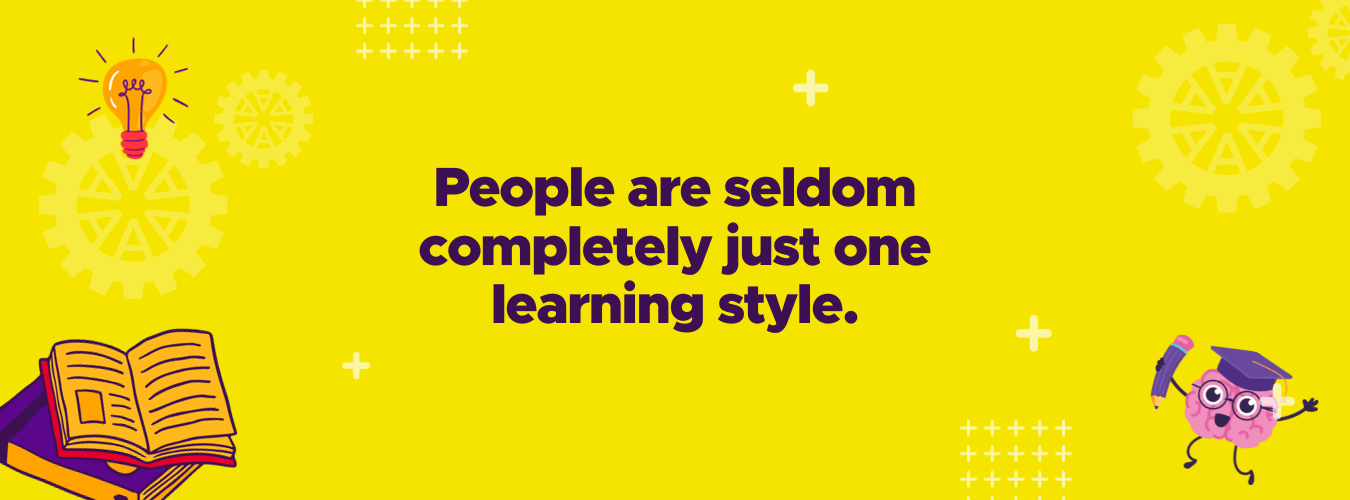
1. Visual Learners
Visual learners thrive when absorbing information through visual aids such as diagrams, charts, maps, and videos. They have an exceptional ability to understand complex concepts when presented graphically. Colourful illustrations, mind maps, and infographics serve as invaluable tools for these learners, helping them visualise abstract ideas and grasp intricate relationships within a subject.
2. Auditory Learners
Auditory learners rely on listening and speaking as their primary learning channels, thriving in environments where lectures, discussions, podcasts, and audiobooks hold significant importance. With a heightened sensitivity to sound, they effectively grasp information through verbal communication. Engaging in lively discussions, debates, and oral presentations not only piques their intellectual curiosity but also enhances their understanding of various subjects.
3. Tactile/Kinesthetic Learners
Tactile or kinesthetic learners flourish through hands-on experiences, absorbing information through physical engagement and movement. Their learning style involves touching, feeling, and doing, allowing them to excel in activities that require manipulation and interaction with the physical world, such as experiments, role-playing, and interactive simulations. Involving their sense of touch and movement enhances their understanding of concepts and encourages active participation in the learning process.
4. Reading/Writing Learners
Learners with a reading/writing strength prefer written words as their primary means of understanding. They excel when involved in reading and writing activities such as textbooks, articles, essays, and note-taking. These individuals have a natural inclination for written language, enabling them to articulate their thoughts clearly through writing. Assignments involving writing, reading tasks, and journaling are highly effective in supporting their learning process and fostering critical thinking skills.
5. Social Learners
Individuals inclined towards social learning thrive in group settings and collaborative environments. They experience their best learning moments through interactions with peers, participating in lively discussions, group projects, and cooperative learning activities. These learners are skilled at interpreting social cues and demonstrate their ability to work well in teams. Engaging in collaborative projects and interactive group discussions provides them with a valuable opportunity to share ideas, learn from others, and refine their interpersonal skills.
The Fluidity of Learning Styles in Children
Children naturally adjust and change as they grow. Fixed learning styles often shift due to factors such as age, experiences, and environment.
A preference for visual learning in early childhood might shift to a preference for verbal learning during adolescence. Recognising this flexibility is essential. Parents should be mindful of these changes, allowing them to adjust their teaching methods accordingly.
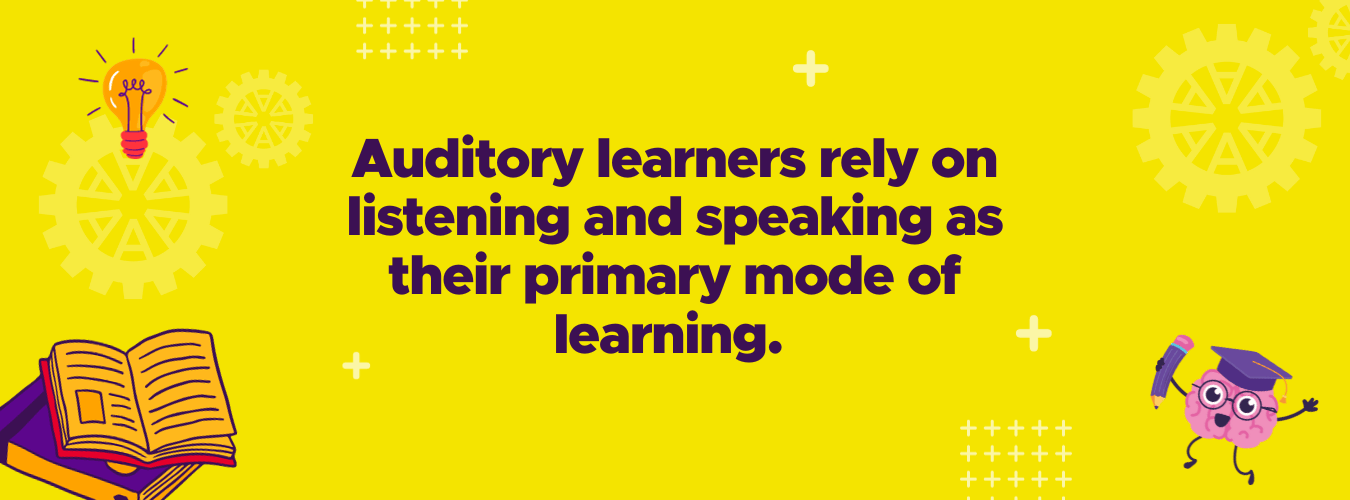
The Empowering Role of Identifying Learning Styles
Exploring the intricacies of individual learning styles not only allows parents and educators to tailor educational experiences but also deepens their insight into each learner's unique cognitive processes. By understanding the specific strengths and preferences of visual learners, educators can create immersive learning environments where abstract ideas become tangible realities, fostering profound comprehension and engagement.
Similarly, auditory learners benefit from stimulating discussions and repetition, enhancing understanding and nurturing a passion for learning through the rhythmic beauty of spoken words. Furthermore, kinesthetic learners thrive when involved in hands-on activities, turning classrooms into lively hubs of exploration. In these dynamic settings, learning isn't merely observed and heard but also felt, leaving a comprehensive and lasting educational impact.
Creative Strategies for Optimal Learning
Armed with an understanding of your child's learning style, a realm of creative educational possibilities unfurls. For visual learners, the act of crafting visually appealing learning materials can turn ordinary study sessions into artistic adventures.
Auditory learners thrive in engaging discussions and benefit from mnemonic devices, while verbal learners can turn abstract concepts into memorable tunes. On the other hand, kinesthetic learners excel in interactive experiments and with tangible objects, where learning is not only seen and heard but also felt.
Consider the significance of reading, writing, and spelling exercises in a child's educational journey. A visual learner might take pleasure in creating vibrant posters adorned with words, transforming their space into a language-filled canvas.
For an auditory learner, participating in lively spelling bees could transform words into melodious notes. Meanwhile, kinesthetic learners might enjoy the tactile experience of arranging Scrabble pieces, turning the learning process into an engaging, hands-on game.
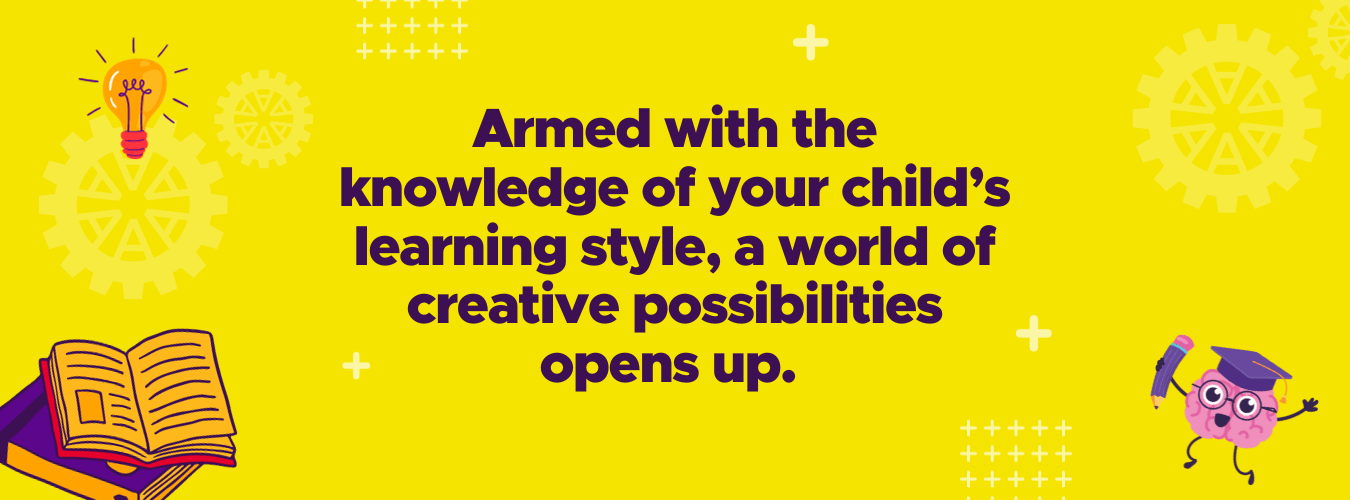
Fostering a Supportive Learning Ecosystem
The exploration of learning styles extends beyond the home and permeates the esteemed halls of schools. Armed with insights into your child’s learning preferences, do not hesitate to collaborate with teachers. Sharing this invaluable information not only tailors classroom experiences but also enriches the entire educational voyage.
Teachers, appreciating and valuing proactive parental involvement, can use this knowledge to seamlessly incorporate diverse teaching methods that cater to the four learning styles. This balanced fusion guarantees that the unique needs of every child are not only recognised but also addressed effectively.
Learning at NumberWorks’nWords
At NumberWorks'nWords, all our tutoring programmes are customised to each student's needs, strengths and weaknesses to ensure we are focusing on what the child needs help with the most. Our maths and English tuition programmes are designed to help young learners build confidence and results, enabling them to reach their full potential.
Contact your local centre to book a free assessment and learn more about their personalised, engaging, and fun tuition programmes.




